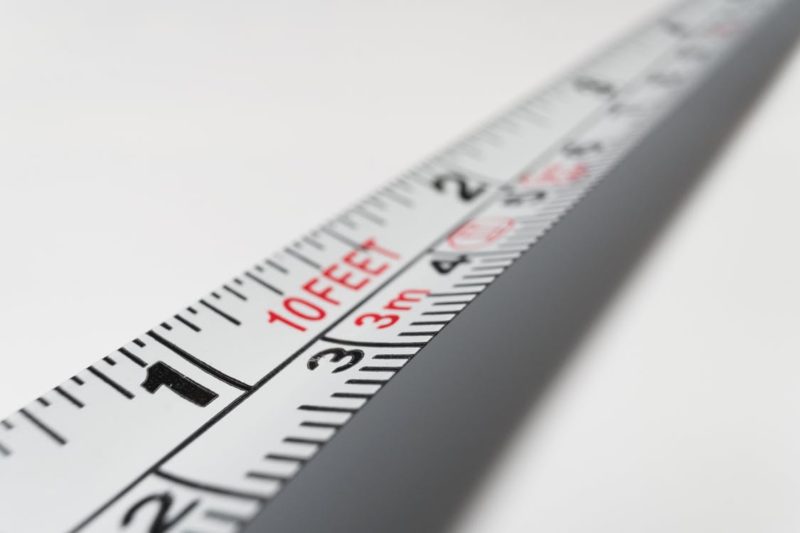053 – How to Measure for Success – Stacey Barr
Author: Prove it!

How do we measure for success? We humans are not very good at intuitively putting a value on activity or judging the success of our efforts. As a result leaders don’t typically have a good handle on how well their organisation is tracking towards its goals.
Stacey Barr is a performance measurement specialist – and she’s here to help us understand how to quantifiably prove how well our organisations and teams are performing.
She describes for us her simple model for creating a culture that uses measurement to thrive – three leadership behaviours and three organisation habits.
…and along the way we have a good laugh about the type of ‘information’ that often passes for evidence in a lot of organisations.

Lessons Learned
Here’s what I took from the episode:
Performance Measurement
How to quantify the results we want to get through our business
The essence of Stacey’s work in performance measurement can be in this quote from Carl Sagan:
“If we lived on a planet where nothing ever changed, there would be little to do. There would be nothing to figure out. There would be no impetus for science. And if we lived in an unpredictable world, where things changed in random or very complex ways, we would not be able to figure anything out. Again, there would be no such thing as science. But we live in an in-between universe, where things change, but according to patterns, rules, or as we call them, laws of nature.”
That Sagan quote goes to the heart of Stacey’s work because it speaks of the scientific process of reaching objective conclusions about the world around us. We as human beings are not great accurately interpreting all the information around us – the scientific process allows us to reach conclusions more objectively, with less bias and more thoroughness.
Stacey makes the point that leaders do not completely ignore data when making decisions within their business, but she does maintain that many leaders are not using the right data to make the decisions they think they need to make.
Often, though, data is not used at all and businesses and leaders are guilty of making decisions on gut feel, hearsay, tradition or whim.
We are more reliant on hope or fear – what others seem to be doing, what senior leaders have seen work before and dearly held ideologies than we are on the right data.
“If doctors practiced medicine the way many companies practice management, there’d be far more sick and dead and many more doctors would be in jail”
Action over Outcomes
In the political and business worlds leaders often make the mistake of believing that action is evidence of results. It’s really easy to prove that you did something – but much harder to prove that you had an impact and something is better now because of your investment of time and money.
Transform
Stacey believes that there are three personal leadership behaviours and three organisation wide habits that will allow us to quantifiable prove how well our organisation is performing. By implementing these behaviours and habits we are able to transform our organisation into the powerhouse we know it should be.
We must use measurement in a way that can help our organisation culture shift (rather than use measurement to measure the culture we have).
Behaviours
Leaders must embrace and master these three habits in order to set the example across the organisation:
- Direction: Develop strategic goals and mission statements that allows everyone in the organisation to know where we are heading and how we can each contribute. Avoid weasel words in these important documents – words we’re all comfortable with, but actually mean nothing. Your strategy must have a single, clear meaning to everyone
- Evidence: The habit/practice of writing measures for your goals – quantitative measures that make it clear when you reach those goals. Those goals, are extracted from the strategy statement
- Execution: Implementing your direction – making your goals a reality.
These three leadership behaviours seem so obvious – so why are organisations so bad at delivering on them? One of the barriers is that leaders fail to see the interaction between these three critical elements of leadership behaviour.
To implement these strongly we must also relieve ourselves of the bad habits that accompany each of them – like using weasel words in our strategy statement, using trivial measures or milestones, or treating symptoms rather than analysing the design of the system
Habits
Stacey believes that these habits are what leaders must inspire and support within their organisation:
- Decision: Is about ownership – how we can help everyone in the organisation to understand the contribution they are making to the strategic objectives; line of sight – give everyone the opportunity to see the impact their work has across the organisation
- Action: Everyone has a local goal that closes a performance gap that allows the organisation to move closer to its strategic goals
- Learning: Organisational learning. How do we capture knowledge about the things that do and don’t work as we try and close performance gaps? The key to this is conducting ‘business experiments’
Find Stacey
Share this:





